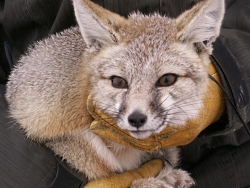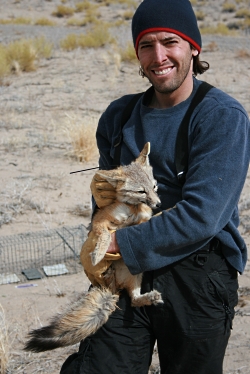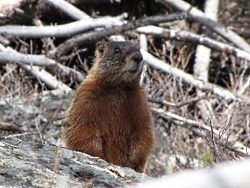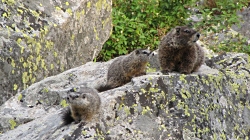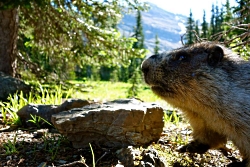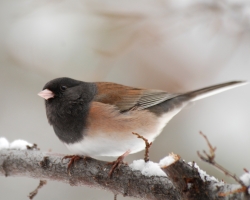
Junco hyemalis montanus
Courtesy & © 2008 Ryan P. O’Donnell
While I put on an extra layer or two, plants and animals have far more sophisticated adaptations from behavioral to physiological to structural.
We are all aware of the marvelous migration and hibernation behaviors, so let’s add a few more amazing adaptations to the list.
I’ll begin with a bird that is very common at our winter feeder- the Dark-eyed Junco. which responds to the first shortening days of summer with a series of physical changes: its reproductive organs become inactive and shrink in size, hormones stimulate the rapid growth of a new set of feathers, and fat deposits develop to provide fuel for the long migratory flight ahead.
Thus the preparation for migration starts as soon as the days begin to shorten. And the process must operate in reverse when the bird is in its winter habitat in the United States. As soon as days begin to lengthen, the Dark-eyed Junco must gear up physically for the flight north and breeding season. If it fails to do so, it likely won’t survive a long-distance migration. So the cycle of life and its related migrations and transitions are deeply connected to the heavens.
Plants are no less amazing. Those in temperate zones must also set their calendars accurately in order to flower and, for deciduous species, develop and drop leaves at the optimal time. Plants set their internal calendars using several attributes from the sunlight they receive. In fact, the angle of the sun may be more important to a plant than day length.
That’s because plant cells produce compounds called phytochromes in response to different portions of the light spectrum. Direct sunlight is higher in red light, while indirect sunlight contains more far-red light. During late fall and early winter, when the sun remains low in the southern sky, the indirect light produces an increase in far-red phytochromes.
As spring approaches and the arc of the sun rises in the sky, direct sunlight triggers the production of red phytochromes. The ratio of these two compounds mediates the hormones involved in flowering, leaf drop, and bud development. Even seeds below the soil are affected. The amount of red and far-red light that penetrate the soil is sufficient to govern germination.
Some behavioral alterations worth mention beyond migrating and hibernation are herding and flocking, huddling to share body warmth, dietary change, hair & feather change- both color and structure, and many more but my radio time is ending, so now it’s your turn to explore more! It really does make you appreciated the wonders of nature.
This is Jack Greene for Wild About Utah.
Credits:
Image: Courtesy and copyright 2008 Ryan P. O’Donnell
Text: Jack Greene, Bridgerland Audubon Society
Additional Reading:
Dark-eyed Junco, Junco hyemalis, Aynsley Carroll, Animal Diversity Web, https://animaldiversity.org/accounts/Junco_hyemalis/
Dark-eyed Junco, Junco hyemalis, Aynsley Carroll, Boreal Songbird Initiative, https://www.borealbirds.org/bird/dark-eyed-junco
https://scholar.google.com/scholar?q=junco+winter+reproductive+cycles
Jigang Lia, Gang Lib, Haiyang Wangb, and Xing Wang Denga, Phytochrome Signaling Mechanisms, The Arabidopsis Book, American Society of Plant Biologists, 2011, https://www.ncbi.nlm.nih.gov/pmc/articles/PMC3268501/ pdf

